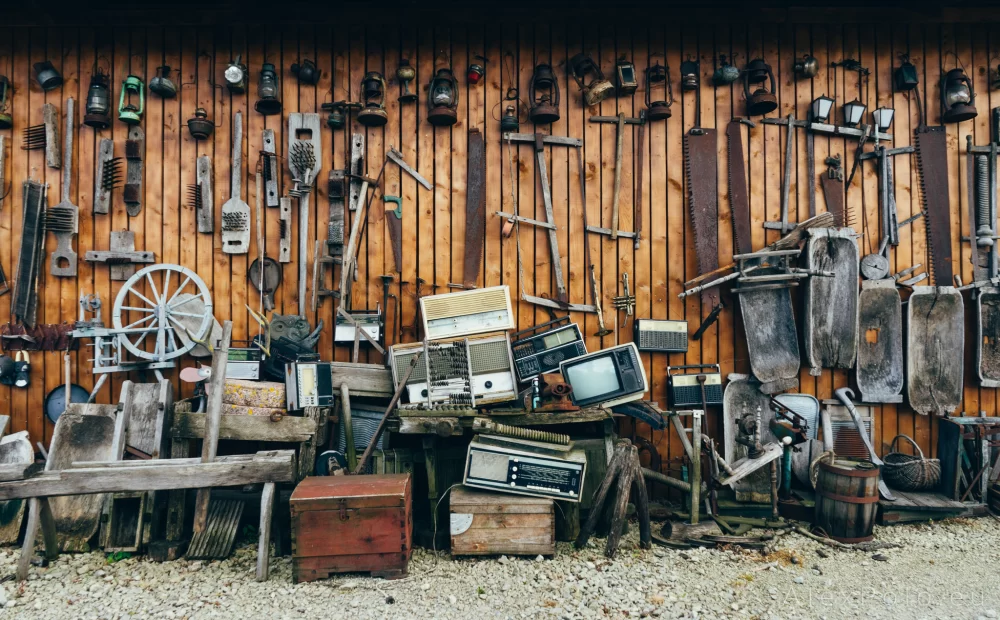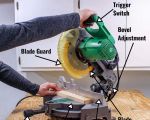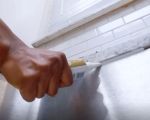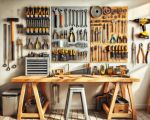How to Sharpen Tools at Home: A Simple Guide for DIY Enthusiasts
As someone who loves working on DIY projects around the house, I know the frustration of having a dull tool when you need it most. Sharpening your tools at home can save you time and money, and it’s easier than you might think. In this guide, I’ll walk you through the steps for sharpening common tools and share some useful tips to make the process smoother. Whether it’s your kitchen knives or a gardening tool, you’ll be able to keep them in top shape with a little effort.
1. Why Sharpening Tools at Home is Important
Sharpening tools at home not only helps in maintaining their efficiency but also extends their lifespan. Dull tools can be dangerous, as they often require more force to use, increasing the chances of injury. Plus, when tools are sharp, they perform better, and you can work faster and more efficiently. Think about how much easier it is to slice vegetables with a sharp knife versus a dull one – it’s the same concept for any other tool.
2. Essential Tools for Sharpening
To sharpen your tools, you’ll need the right equipment. Here are the essential items that I recommend for a basic sharpening kit:
- Sharpening Stone – A must-have for most tools, including knives, axes, and scissors. Choose a stone with a coarse grit for dull tools and a finer grit for finishing touches.
- Honing Steel – This is useful for maintaining the sharpness of knives. It doesn't sharpen but helps align the blade.
- Sharpening Files – These are particularly good for smaller tools like chisels or garden tools.
- Electric Sharpeners – If you're looking for a quick fix, electric sharpeners can save you time, especially with tools like knives and scissors.
- Water or Oil – Depending on the sharpening stone, water or oil may be required to keep the stone cool and prevent clogging.
3. How to Sharpen a Knife at Home
Let’s start with the most common tool – a knife. Here’s the step-by-step method I follow for sharpening a kitchen knife using a sharpening stone:
- Step 1: Prepare your sharpening stone by wetting it with water or oil, depending on the type of stone you're using.
- Step 2: Hold the knife at a 20-degree angle to the stone. A consistent angle is key to achieving a sharp edge.
- Step 3: Start at the base of the blade and work your way up, moving in a sweeping motion across the stone. Make sure to sharpen both sides of the blade evenly.
- Step 4: Once you’ve worked the coarse side of the stone, switch to a finer grit to polish and refine the edge.
- Step 5: Rinse the blade and carefully test its sharpness by slicing through a piece of paper. If it cuts cleanly, you’ve done it right!
4. Sharpening Garden Tools: A Few Extra Tips
Garden tools like shears, hoes, and spades can also be sharpened at home, but they require a different approach due to their size and shape. Here are a few tips that have worked for me:
- Shears and Pruners: Use a sharpening file or a sharpening stone. For pruners, you’ll want to focus on the inside edge of the blade.
- Spades and Hoes: For larger tools, you can use a bench grinder or a sharpening stone. Make sure to sharpen both sides of the blade evenly.
- Hedge Trimmers: A sharpening file works best for the teeth of the hedge trimmer. Work carefully, filing each tooth individually.
5. Safety First: Tips to Keep in Mind
When sharpening tools, safety should always be your priority. Here are a few safety tips to follow:
- Wear Protective Gloves: This helps avoid any accidental cuts or scrapes from the tool.
- Secure the Tool: Make sure that the tool you’re sharpening is stable. If necessary, clamp it down to prevent movement.
- Work in a Well-Lit Area: Ensure that you have enough light to see the edge clearly as you work.
- Stay Focused: Avoid distractions while sharpening. A sharp tool can be dangerous if mishandled.
6. The Benefits of Regular Tool Maintenance
Regular maintenance is key to keeping your tools in optimal condition. Instead of waiting until your tool is completely dull, I suggest honing your tools regularly with a honing steel or light sharpening. This will save you time and energy when it’s time to tackle a big project, and it’ll ensure that your tools stay in good working condition for years.
Personally, I’ve found that maintaining my tools with regular sharpening has not only improved my work efficiency but also made it a lot safer. The last thing you want during a project is to struggle with a dull tool – it can be frustrating and even dangerous.
7. Conclusion
Sharpening your tools at home is a rewarding and practical skill that can save you money and keep your tools functioning properly for years. With the right tools, a bit of practice, and the safety tips I’ve shared, you can easily sharpen everything from your kitchen knives to your garden tools. I highly recommend investing in a good sharpening stone and honing steel for regular maintenance. For larger projects, an electric sharpener can be a great time-saver. With a little patience, you’ll be able to tackle any DIY project with ease.









